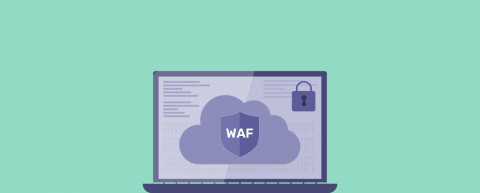16 Ways Cloud WAFs are Better than On-Premise WAFs
A Web Application Firewall (WAF) is a security solution designed to protect web applications from various attacks, including SQL injection, cross-site scripting (XSS), and others. There are two types of WAF: on-premise and cloud-based.











